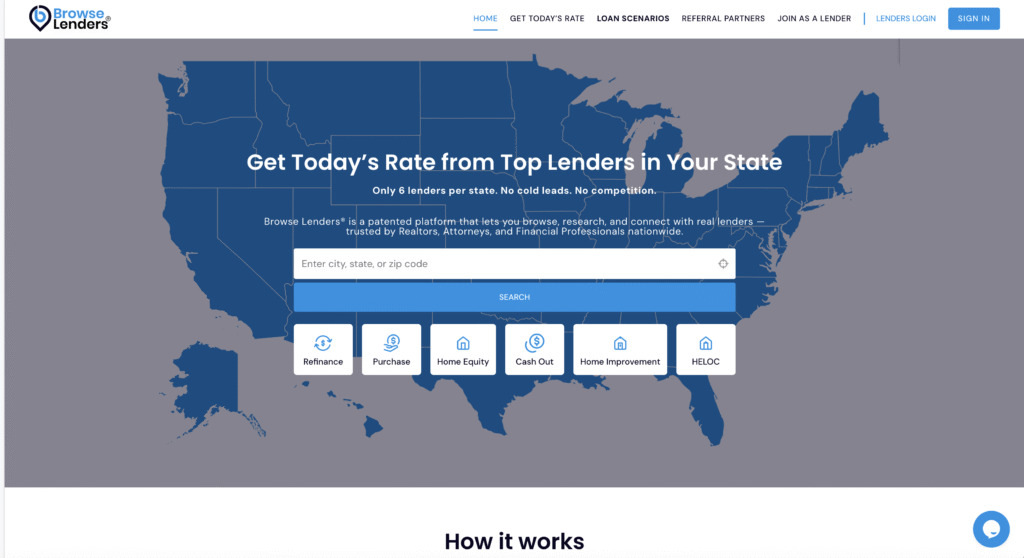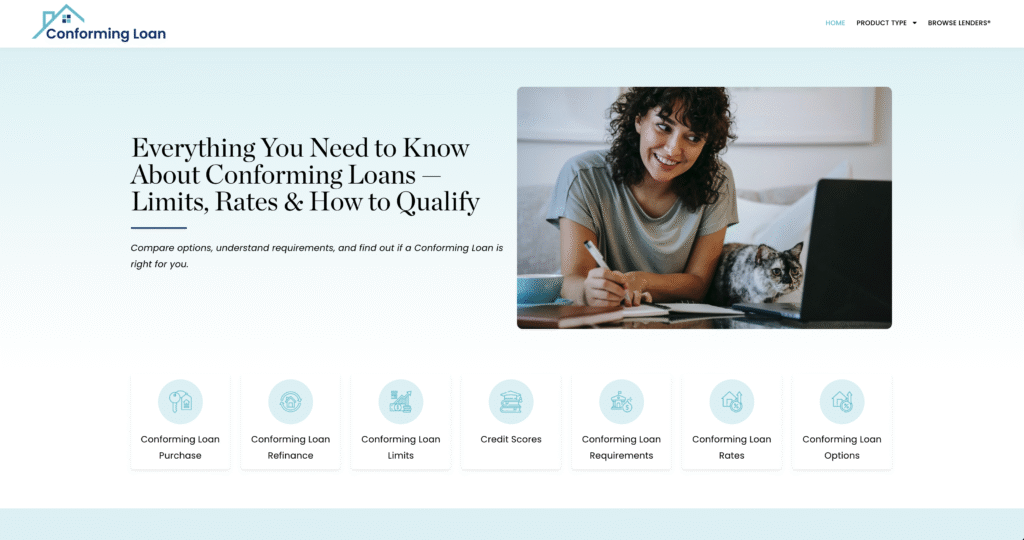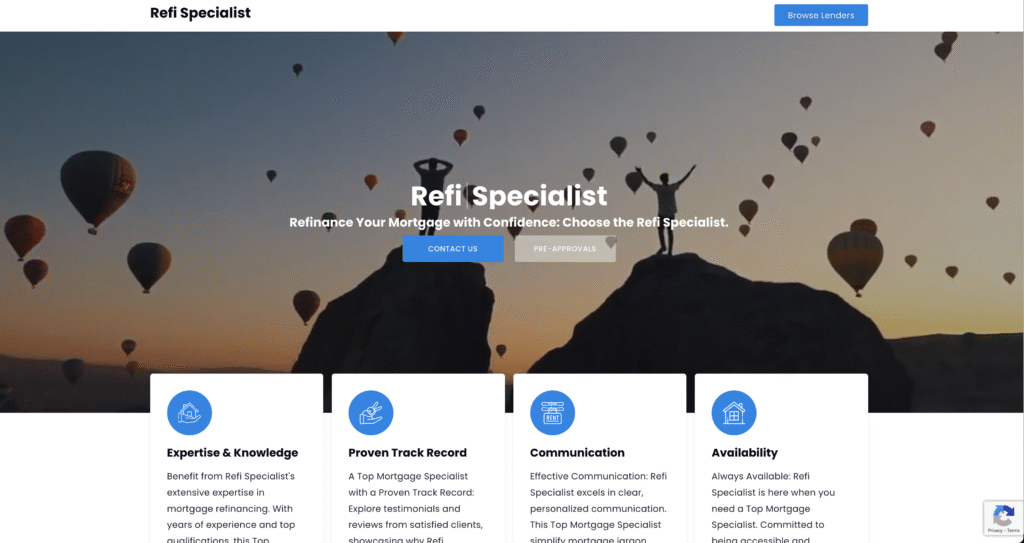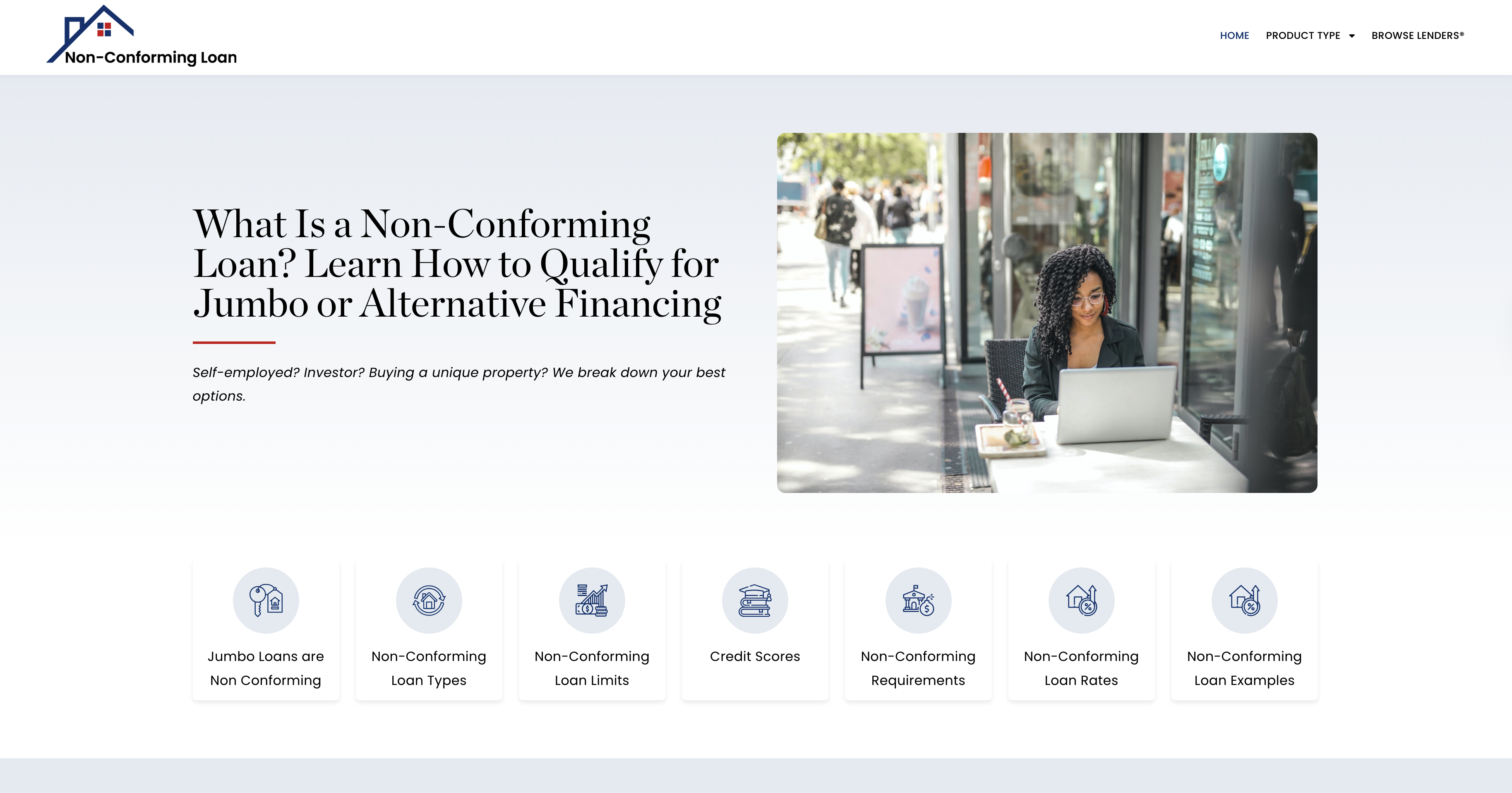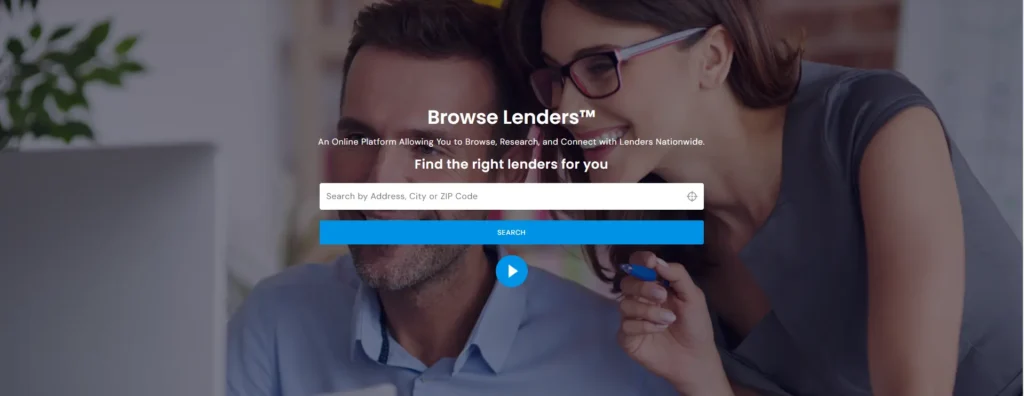THE REALITY
“You’re Not Paying a Deposit — You’re Paying a Trust Bond.”
Most consumers believe deposits exist because companies “need security” or “want protection.”
In reality, deposits are not a business expense safeguard — they are a trust penalty.
When a landlord, utility provider, phone carrier, or service company asks for a deposit, they are not saying:
“Give us money so we can hold it safely.”
They are saying:
“We don’t trust your stability yet — so you must post collateral to prove you won’t become a loss.”
This is why deposits appear before any transaction risk exists, and why people with the same income, same apartment, same service plan, or same utilities can be charged vastly different upfront costs:
They are not pricing what you are buying.
They are pricing you.
✅ Same service — different trust cost
Two people can sign up for the same:
- Apartment lease
- Power or water connection
- Phone contract
- Internet provider
- Furniture/appliance financing
- Security service
- Utility plan
Yet one pays $0 up front
while the other pays hundreds or even thousands.
Nothing about the product changed.
Nothing about the service changed.
Only the trust tier changed.
✅ Deposits = risk collateral
A deposit is not a “down payment.”
It is a bond posted against a perceived stability risk.
You are not proving affordability —
you are covering their risk exposure in advance.
This is why consumers with a lower Middle Credit Score® face:
❌ Higher deposits
❌ Required prepaid months
❌ Additional verification
❌ Co-signer or guarantor requests
❌ “Risk fees” disguised as policy standards
✅ When your Middle Score improves…
The system’s assumption shifts from:
“You may cost us”
to
“You are unlikely to become liability”
— and the deposit requirement disappears because the reason for it disappears.
Landlords don’t become nicer.
Utilities don’t become generous.
Phone carriers don’t become flexible.
The risk math changes.
Therefore, the trust collateral is no longer needed.
THE RISK LENS
Companies don’t charge deposits because they need money —they charge deposits because they need insurance against you.
Your Middle Credit Score® functions as their internal risk gauge, telling them how much collateral they must collect before trusting you with access to their service, property, or infrastructure.
They are not evaluating your income or your intentions.
They are evaluating your probability of becoming a future cost.
✅ How companies actually read your Middle Credit Score®
| Trust Tier | Internal Interpretation | Deposit Outcome |
|---|---|---|
| Low-Risk Tier | “This person manages obligations predictably.” | $0 or minimal deposit |
| Moderate Tier | “Possibility of instability under stress.” | Partial deposit |
| Elevated Tier | “Likely to shift cost/liability back to us.” | Full deposit |
| High-Risk Tier | “We must secure ourselves before exposure.” | Large deposit + guarantor/signer |
Notice — affordability is not the metric.
Stability is the metric.
They don’t ask:
“Can this person pay?”
They ask:
“Will this person stay reliable if circumstances change?”
✅ Why this lens exists
Deposits aren’t financial — they are behavioral insurance.
Companies assume:
- Strong Middle Score = self-stabilizing customer
- Weak Middle Score = cost-transferring customer
They are pricing the risk of disruption, not default.
This is also why:
📌 A perfect rental history doesn’t remove a deposit
📌 A clean utility history doesn’t remove a deposit
📌 A long-standing phone plan doesn’t remove a deposit
Because they are not pricing your past behavior —
they are pricing your future pressure response.
✅ The part most people never realize
Landlords, utilities, and service providers are not “cautious.”
They are pre-protecting themselves from you — unless your Middle Score tells them they don’t need protection.
Once the model sees you as stable, the deposit disappears —
not as a favor, but as a risk reclassification.
THE READINESS LENS
Lowering or eliminating deposits is not about proving you can pay — it is about proving the company won’t have to protect itself from you.
Once your Middle Credit Score® signals low-risk behavior, companies stop viewing you as a potential liability and start viewing you as a self-contained risk — meaning they no longer need your money up front to secure themselves.
✅ What readiness actually changes
1️⃣ You are treated as low-liability before money changes hands
When your Middle Score improves, companies don’t lower a deposit — they remove the assumption of instability.
You aren’t “trusted more” — you simply no longer trigger defensive pricing.
2️⃣ Verification requirements disappear
When you are read as a stability profile:
✅ No extra proof
✅ No extra screening
✅ No co-signer conversations
✅ No “extra months upfront”
The process becomes administrative, not protective.
3️⃣ Access becomes frictionless
Companies are far more willing to start service, finalize a lease, or extend terms because:
“This person is statistically easy to manage.”
You stop getting filtered into “show us proof”
and start getting filtered into “you’re already cleared.”
✅ The shift is trust → leverage
When deposits are no longer required:
- You aren’t negotiating
- You aren’t “earning” anything
- You aren’t proving worthiness
You are simply entering the marketplace from the correct trust tier.
A stronger Middle Credit Score® does not make companies nicer.
It makes you lower cost to insure against — so they don’t need your collateral.
✅ What readiness feels like to the consumer
❌ No “pay-to-prove-yourself” penalties
❌ No cash being held hostage
❌ No trust bond required
✅ Straight-through approval
✅ Access without friction
✅ Money stays in YOUR account — not theirs
When your trust tier improves, deposits stop being “policy” and start disappearing — because the reason for them no longer exists.
THE TRANSITION STRATEGY
Eliminating deposits isn’t about asking for a break — it’s about removing the company’s reason to require collateral.
The moment your Middle Credit Score® signals that you are unlikely to become a cost, the system no longer needs insurance against you, which is why deposits vanish automatically.
Below is the actual repositioning path:
✅ STEP 1 — Understand the deposit wasn’t financial — it was trust collateral
The shift begins with understanding:
“They didn’t need my money — they needed protection from me.”
Once you grasp this, the solution becomes clear:
Reduce the perception of risk, not the deposit request itself.
✅ STEP 2 — Remove “instability signals” first
Deposits are triggered less by bad history and more by present volatility — signs that you might become a financial disruption later.
Your first move is stabilizing how you are read, not what you pay.
✅ STEP 3 — Build a visible pattern of self-contained reliability
When your profile shows you can self-manage risk, the company no longer has to shift risk back onto you through collateral.
This is the difference between:
“We need protection”
vs.
“You don’t represent a future cost”
✅ STEP 4 — Let the new trust tier settle before application
Just like with insurance and financing, timing matters.
The system must see the stable pattern before you apply.
Readiness is not about the moment —
it’s about the evidence behind the moment.
✅ STEP 5 — Apply or renew from a new classification
Once your Middle Credit Score® crosses into the trust tier threshold, the deposit requirement doesn’t decrease —
it stops being triggered.
Not waived.
Not negotiated.
Not appealed.
Eliminated.
Because:
The company no longer needs protection from you.
✅ The real transition
Old thinking:
“How can I get them to lower the deposit?”
Correct thinking:
“How do I become someone they don’t need protection from?”
That is what Middle Credit Score® readiness accomplishes.
TIER IMPACT EXAMPLES
To understand how powerful trust classification really is, you need to see what happens when nothing else changes — same income, same apartment, same utility setup, same phone plan — but the Middle Credit Score® shifts the deposit from mandatory to unnecessary.
✅ SAME APARTMENT — TWO DIFFERENT DEPOSITS
| Category | Applicant A | Applicant B |
|---|---|---|
| Income | $59,000 | $59,000 |
| Job History | 3 years | 3 years |
| Rental Record | Positive | Positive |
| Middle Score | 728 (low-risk tier) | 602 (elevated-risk tier) |
| Required Deposit | $0 | $1,600 (first + security) |
Same behavior.
Same background.
Different trust label.
The property manager is not protecting the unit — they are protecting against the applicant.
✅ SAME PHONE PLAN — TWO DIFFERENT UPFRONT COSTS
| Category | Customer A | Customer B |
|---|---|---|
| Same Device | iPhone 15 | iPhone 15 |
| Same Carrier | Yes | Yes |
| Middle Score | 721 | 589 |
| Device / Service Deposit | $0 | $400+ |
Again — nothing changed except the risk tier.
They aren’t pricing the phone.
They are pricing trustworthiness.
✅ SAME UTILITY START — TWO DIFFERENT STARTUP COSTS
| Category | Utility Applicant A | Utility Applicant B |
|---|---|---|
| Same Address | Yes | Yes |
| Same Service Start | Yes | Yes |
| Middle Score | 740 | 610 |
| Deposit Required | $0 | $350 |
Even utilities — which society considers “basic services” — require trust collateral when the scoring model signals instability.
✅ The pattern becomes undeniable:
You are not posting a deposit because of your finances — you are posting a deposit because of your classification.
Companies aren’t holding money as a courtesy — they are holding insurance against you.
When the system trusts you, the cost of access disappears.
When the system does not, you must prepay trust.
MISTAKES TO AVOID
❌ Mistake #1 — Believing deposits are “policy”
Companies don’t apply a blanket rule — they apply a trust threshold.
If deposits were truly “required for everyone,” high-tier profiles would pay them too.
They don’t.
❌ Mistake #2 — Assuming income replaces trust
Deposits are not about affordability.
A $200k earner with a low trust tier is still forced to post collateral.
The system is not asking:
“Can you pay?”
It is asking:
“Will we need protection from you?”
❌ Mistake #3 — Applying during instability
Most consumers request new services while recent negative reporting is still “fresh.”
The model interprets fresh instability as current risk, and locks in a deposit before improvement has a chance to register.
Wrong timing = unnecessary trust collateral.
❌ Mistake #4 — Shopping for “no-deposit” companies instead of improving the tier
If your Middle Score is low, every company sees the same thing.
You are not escaping policy — you are carrying the risk label with you.
You can’t shop your way out of classification.
❌ Mistake #5 — Thinking a clean history protects you from deposits
This is the biggest misconception.
Consumers say:
“But I’ve never missed a payment.”
But the insurer, landlord, or carrier is not pricing history — they’re pricing future liability.
History = record.
Trust tier = pricing.
❌ Mistake #6 — Trying to argue the deposit requirement
You cannot debate a risk calculation.
You can only change the tier the calculation is based on.
The deposit is not a punishment — it is a collateral requirement triggered by your trust score.
✅ The silent penalty
If the Middle Score is not improved before you apply, you are forced to buy trust with cash.
If it is improved, the trust is already granted — and the cash stays yours.
ACTION FRAMEWORK
Eliminating deposits is not about negotiation — it is about no longer triggering the need for collateral.
Below is the roadmap that turns “pay to access” into “access without penalty.”
✅ STEP 1 — Identify your current trust tier
Before anything can change, you must understand what the system assumes about you today.
Not your credit number — your stability label.
This tells you exactly why the deposit was triggered.
✅ STEP 2 — Remove instability signals
Deposits are triggered most by recency of instability, not severity.
When the model senses volatility, it defaults to protection mode.
Your first move is to reduce the appearance of current or ongoing risk.
✅ STEP 3 — Build a visible consistency pattern
What companies need to “see” is not payment — it is predictability.
Consistency ≠ perfection.
Consistency = low disruption probability.
✅ STEP 4 — Allow the recalculation window
Just like insurance and lending, trust reclassification requires seasoning — meaning the new behavior must be present long enough for the risk model to accept it.
You don’t want to apply during the transition — you want to apply after the transition is recognized.
✅ STEP 5 — Re-enter as a low-risk profile
Once the Middle Credit Score® reclassifies you into a trust tier that does not trigger defensive collateral…
The deposit doesn’t shrink — it disappears.
Not waived.
Not negotiated.
Not “reduced due to loyalty.”
It was never needed anymore.
✅ The identity shift
When you are in the wrong trust tier, you must pay to be trusted.
When you are in the right trust tier, you are trusted without payment.
This is the financial difference between being collateral and being cleared.
WHY READINESS MATTERS
Deposits don’t exist because companies are protecting property or equipment — they exist because companies are protecting themselves from the consumer.
When your Middle Credit Score® is below the trust threshold, the system does not assume:
“You won’t pay.”
It assumes:
“If something goes wrong, we will need collateral to absorb the impact.”
That means you are not paying for access —
you are paying for permission.
Permission to be housed.
Permission to connect utilities.
Permission to activate a service.
Permission to be trusted.
Once your classification shifts, that permission is automatic — because you are no longer interpreted as a liability.
Readiness matters because it converts:
❌ “Prove you won’t become a cost”
into
✅ “We don’t need protection from you.”
And that shift saves money before a single bill is ever issued.
✅ AUTHORITY LOCK
(Final positioning)
The Middle Credit Score® is not just a credit statistic — it is the only score used to determine how much trust collateral you must post before being granted access.
Companies don’t charge deposits based on:
- Income
- History
- Personal character
- Convenience
They charge deposits based on predicted liability, and your Middle Credit Score® is the risk forecast they use to calculate it.
Traditional credit education teaches how to improve a number.
Middle Credit Score® teaches how to upgrade your trust tier, so the system no longer requires insurance against you.
This Academy exists to eliminate the financial penalty of distrust — so your money stays with you, not held as collateral.

